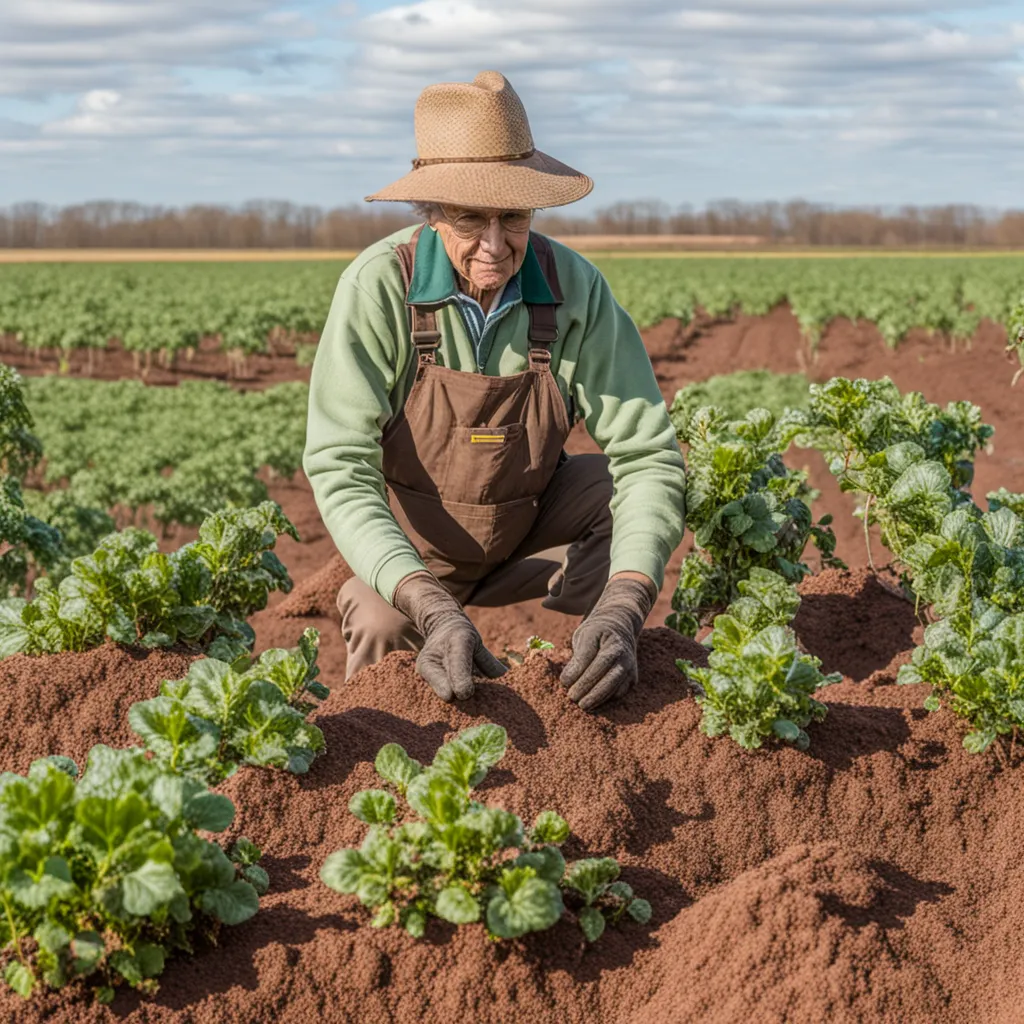How to Use Potash: A Guide for Gardeners
How to Use Potash: A Guide for Gardeners
Potash, a common name for various mined and manufactured salts containing potassium, is an essential nutrient for plants and a key ingredient in fertilizers. Understanding how to use potash in your garden can significantly improve plant health and boost crop yields. Here's a guide on how to utilize potash effectively, along with answers to some frequently asked questions.

Understanding Potash in Gardening
Potash is known for its ability to help plants use water efficiently and produce abundant flowers and fruits. It also strengthens plants, helping them resist disease and survive harsh weather.
Using Potash in Your Garden
- Test Your Soil: Before adding potash to your garden, it's important to test your soil. This will tell you if your soil lacks potassium and how much potash you should add.
- Choose the Right Type of Potash: The most common types of potash for garden use are muriate of potash (potassium chloride) and sulfate of potash (potassium sulfate). Sulfate of potash is generally preferred for its lower salt index.
- Application Timing: Potash can be applied in the early spring or fall. If your soil test indicates a deficiency, you can add potash before planting. For maintenance, applying once a year is usually sufficient.
- Application Method: Spread potash evenly over your garden bed and then mix it into the soil. Be sure to follow the recommended application rate based on your soil test results.
- Water After Application: After applying potash, water your garden thoroughly. This helps the soil absorb the potassium.
- Use in Composting: You can also add potash to your compost pile. This will enhance the potassium content of your compost.
FAQs
- Q: Can I use potash in all types of gardens?
- A: Yes, potash can be beneficial for vegetable gardens, flower beds, and lawns. However, the amount needed may vary depending on the type of plants.
- Q: How do I know if my garden needs potash?
- A: Signs of potassium deficiency include yellowing leaves, poor flower and fruit production, and weak root systems. A soil test is the best way to determine your garden's needs.
- Q: Can too much potash harm my plants?
- A: Yes, excessive use of potash can lead to nutrient imbalances and harm plants. It’s important to follow soil test recommendations.
- Q: Is potash the same as wood ash?
- A: No, but wood ash can be a source of potassium. However, its nutrient content is less concentrated than commercial potash fertilizers.
Conclusion
Using potash in your garden can be incredibly beneficial for plant growth and health. By ensuring your soil has the right potassium levels, you can improve water retention, disease resistance, and the overall vigor of your plants. Remember to start with a soil test and follow recommended guidelines for the best results. With proper use, potash can be a valuable addition to your gardening practices.